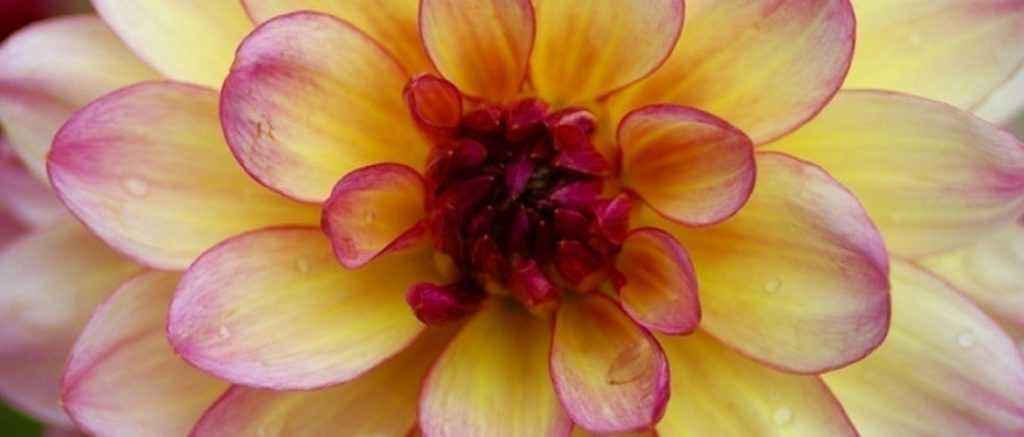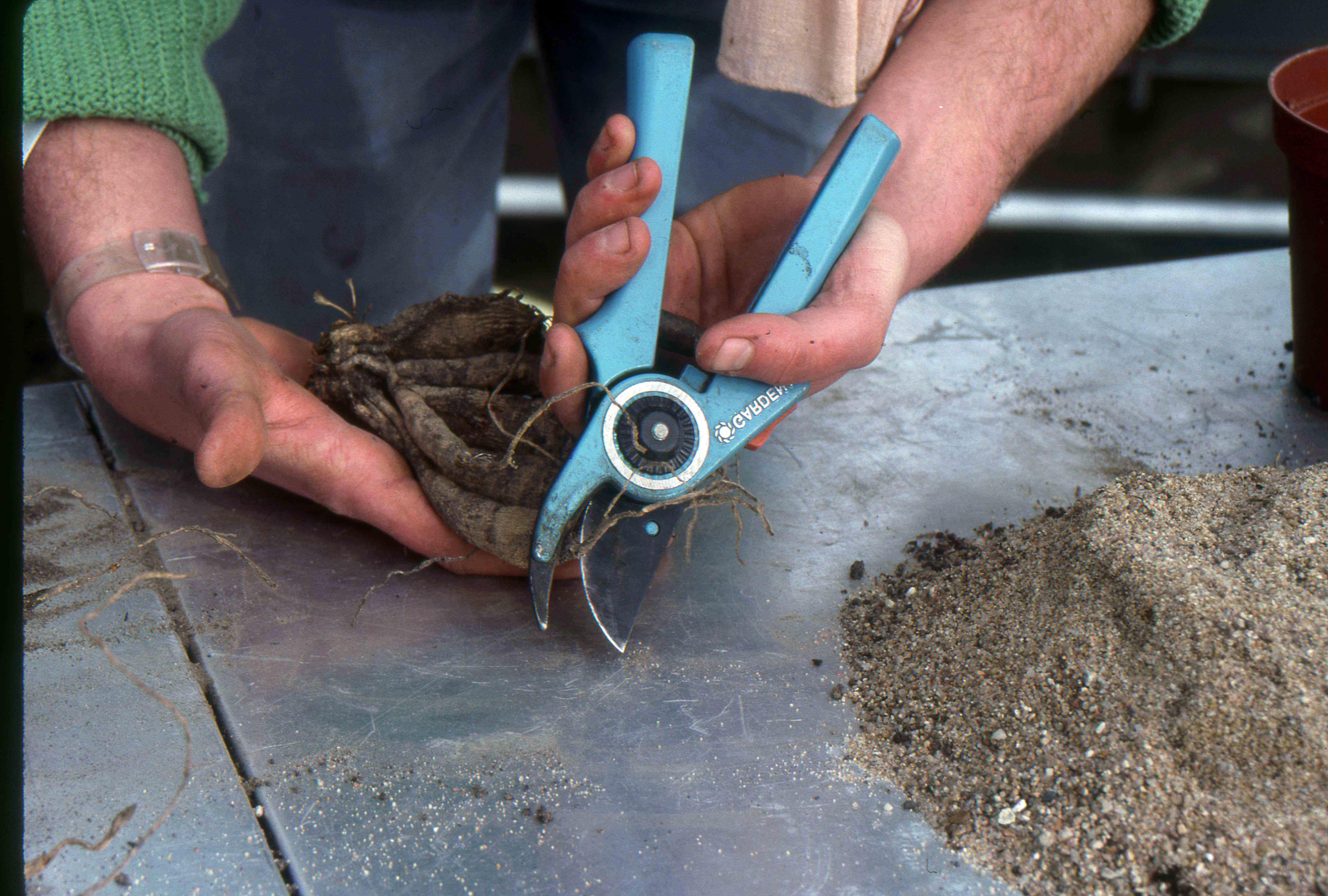
Dividing Dahlias
When and how to do it?
Contents
Dahlias are cherished for their long summer flowering period, which comes in an endless array of colours and shapes depending on the variety. Indeed, there are dwarf varieties and giant varieties, dahlias with single flowers, offering a very natural look, and dahlias with double flowers, shaped like camellias, anemones, pompons, or cacti… If you have a variety you particularly love, division will allow you to multiply this plant to expand your flower bed or relocate it to a new spot in your garden. Moreover, dividing dahlias helps rejuvenate your plants and stimulate their flowering. Discover all our tips on how to proceed!
Why Divide Dahlias?
Dividing dahlias is an essential practice to ensure their health, flowering, and longevity. Here are the main reasons:
- Encourage abundant flowering: Over time, clumps of tubers become denser, which can limit flower production. By dividing your dahlias, you give each tuber more space and energy to produce larger and more numerous flowers.
- Prevent plant exhaustion: When tubers are too numerous or too crowded, they compete for nutrients and water. Dividing rejuvenates the plants and ensures better growth.
- Multiply your dahlias: Dividing tubers is a natural and cost-effective way to obtain new plants. This allows you to expand your dahlia beds or share them with loved ones.
- Reduce the risk of disease: Overly compact clumps are more vulnerable to fungal diseases and rot, especially in damp conditions. Regularly dividing tubers reduces this risk by removing damaged or diseased parts.
- Adapt plants to available space: If your flower bed becomes too crowded, dividing allows you to reduce the size of the clumps while maintaining a well-organised garden.
Read also
Growing Dahlias SuccessfullyWhen to Divide Dahlias?
Dahlias can be divided either in autumn, when they are being stored for winter, or in spring, just before replanting them in the ground. Each period has its advantages and disadvantages, depending on your experience and gardening preferences.
For experienced gardeners, autumn is often the preferred time to divide dahlias. At this time, the stems are still tender and easy to handle. Once the tubers are dug up, it is important to identify the forming “eyes” – small bumps at the base of the stems, which will become the growth points in spring. This technique requires some practice and careful observation, as the eyes may be less visible than in spring. After division, the tubers should be stored in ideal conditions: a cool, dry, and frost-free place to ensure proper preservation during winter.
If you are a beginner or have doubts about dividing in autumn, wait until spring. At this time, the eyes are well-formed and often already sprouting, making them easier to identify. You can then cut the tubers with greater precision and avoid mistakes. The downside of spring is that the stems may have hardened and become more difficult to cut. However, with a sharp knife or quality secateurs, this step remains entirely manageable. Once divided, the tubers can be replanted immediately for quick and vigorous growth.

How to Divide Dahlias?
To divide dahlias, equip yourself with a sharp knife or clean, disinfected secateurs to minimise the risk of disease transmission. Then follow these steps:
- If you are dividing your dahlias in spring, remove them from their winter storage. If you are doing this in autumn, dig them up. In both cases, clean them to remove excess soil and make handling easier.
- Using clean, sharp secateurs, trim the faded stems to about 10 cm from the base. This step allows better access to the crown and makes the process easier.
- With a sharp, disinfected knife, make an incision in the centre of the crown, between two stems, taking care not to damage the tubers. Ensure each section has at least one bud (or eye), as this is where the new shoot will develop.
- Gently separate the pieces by hand or with the knife, preserving the tuberous roots. Handle carefully to avoid breaking the tubers or damaging the eyes.
- Continue dividing the tubers according to the number of plants you wish to obtain. Each division must include a visible eye and several healthy tubers to ensure successful growth.
- If you are dividing dahlias in spring, replant the pieces immediately, either directly in the ground after the last frost or in pots or trays filled with a mix of compost and sand. This allows growth to start under cover before planting out.
- If you are dividing them in autumn, store the divided tubers for winter as usual, in a dry, cool place protected from frost.
- Don’t forget to label each tuber with the variety name. This will help you identify them easily during planting and maintain organisation in your garden.

Also discover our video tutorial on dividing dahlias
Read also
Planting DahliasHow to Care for Dahlias After Division?
After division, it is essential to care for your dahlias properly to ensure a good start. Plant the tubers in well-drained soil, enriched with compost or organic fertiliser, at a depth of about 10 cm with the buds facing upwards. A light initial watering will moisten the soil without waterlogging it. Subsequently, adjust watering according to weather conditions: keep the soil cool but avoid excess water, which could lead to tuber rot.
For varieties with large flowers or tall stems, it is wise to install supports at the time of planting. This will help support the plants as they grow, especially against wind or the weight of the flowers. Once the dahlias start to grow, apply a potassium-rich fertiliser every three to four weeks to encourage abundant flowering. However, avoid fertilisers too high in nitrogen, as they would promote leaf growth at the expense of flowers.
Weed regularly around your dahlias to reduce competition for water and nutrients. We also recommend applying an organic mulch (straw, dead leaves, wood chips, etc.) at their base to retain moisture and limit weed growth. Keep an eye on your dahlias for pests such as aphids, slugs, or snails, as well as any signs of fungal diseases, and act quickly if a problem arises.
Finally, remember to regularly remove faded flowers to encourage the plant to produce new blooms.
- Subscribe!
- Contents

































